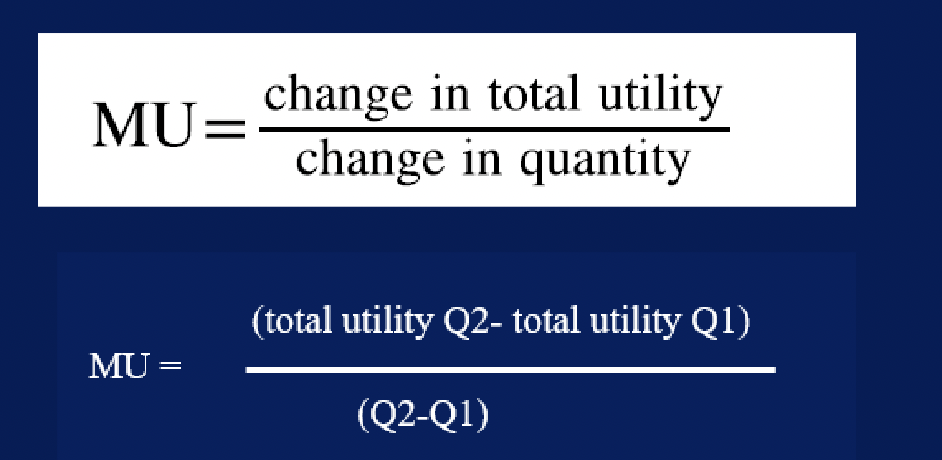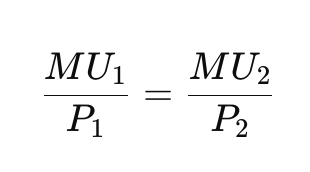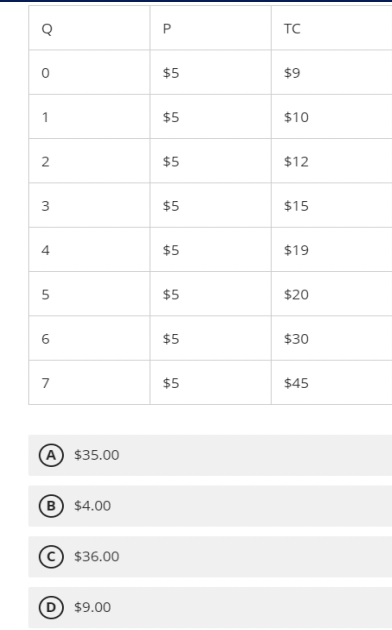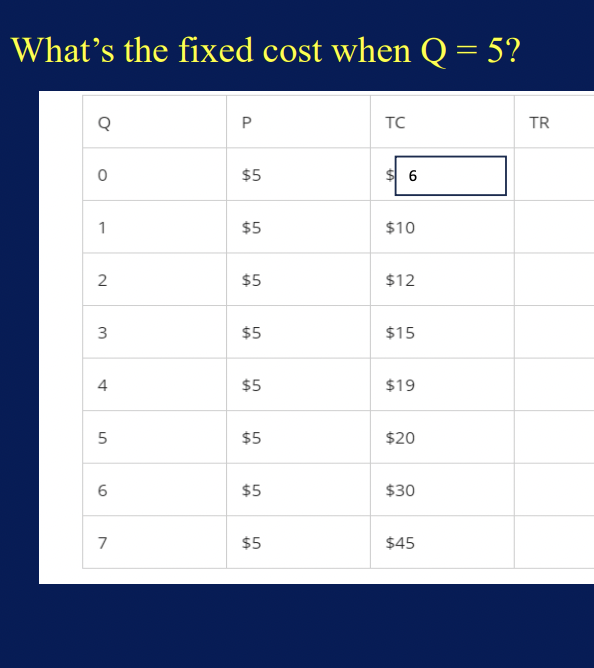microeconomics exam 2 review
1/90
There's no tags or description
Looks like no tags are added yet.
Name | Mastery | Learn | Test | Matching | Spaced |
|---|
No study sessions yet.
91 Terms
total utility
consumers are trying to maximize ? (satisfaction) given their budget constraint
marginal
additional
utility
1 unit of satisfaction
marginal utility
change in total utility/change in qty)

25 utils
If you consume 3 popcorn packs per week, and that will give you total utility of 60, while consuming 4 packs of popcorn will give you 85.
How much MU you got from consuming an extra pack of popcorn per week?
marginal utility
personal, nothing correct or wrong if someone is trying to maximize his/her ? different than others

substitution effect
occurs when a price changes and consumers have an incentive to consume less of the good with a relatively higher price and more of the good with a relatively lower price
income/purchase power effect
the motivation that encourages a utility-maximizer to buy more of both goods if utility rises or less of both goods if utility falls (f they are both goods)
decrease qty of goods, purchase 2 movie tickets instead of 3
$2400
Jimmy saves part of his income to entertain himself once a year. He spends some of these savings on vacation and buying new clothes.
He spent $200 on his new clothes, his marginal utility from new clothes purchases is 300 utils and his marginal utility from the vacation he went on is 3600 utils. This means that his vacation must cost:

Suppose you want to purchase an additional car, you want to make maximum utility per dollar spent.
First option you want to purchase Nissan Kicks $ 21,000 utility of 60
Second option you want to purchase Cadillac XT4 utility of 95

loss aversion
behavioral economists have conducted research that shows many ppl will feel some negative emotion, such as anger or frustration, after those 2 things happen.
we tend to focus more on the loss than the gain
$1 loss pains us 2.25 times more than a $1 gain helps us.
factors of production
natural resources (land and raw materials)
labor
capital
entrepreneurship
production fx
a mathematical expression or equation that explains the engineering relationship btw inputs and outputs
answers the q: how much output can the firm produce given different amounts of inputs?
different products have different ?

fixed costs
are the costs of the fixed inputs (e.g., capital)
bc fixed inputs don’t change in the short run, ? are expenditures that do not change regardless of the level of production
ex., once you sign the lease, the rent is the same regardless of how much you produce, at least until the lease expires
represented by a horizontal line
variable costs
costs of the variable inputs (e.g., labor)
the only way to increase or decrease output is by increasing or decreasing the variable inputs
therefore ? increase or decrease with output
ex., labor. since producing a greater qty of a good or service typically requires more workers or more work hours
ex., raw materials
$9
what’s the fixed cost?

$6
what’s the fixed cost when q=5?

explicit costs
out of pocket costs (actual payments)
wages that a firm pays its employees or rent that a firm pays for its office
out-of-pocket expenses incurred by a business in the production of goods or services
implicit costs
more subtle, but just as important
represent the opportunity cost of using resources that the firm already owns
ex., usually small businesses working in the business while not earning a formal salary or using the ground floor of a home as a retail store are both implicit costs
when a company hires a new employee, there are implicit costs to train that employee
stay at current job
Eryn currently works for a corporate law firm. She is considering opening her own legal practice, where she expects to earn $200,000 per year once she establishes herself. To run her own firm, she would need an office and a law clerk. She has found the perfect office, which rents for $50,000 per year. She could hire a law clerk for $35,000 per year. If these figures are accurate, would Eryn’s legal practice be profitable?
Step 1: calculate explicit cost = 50000+35000 = 85k
Step 2: Subtracting the explicit costs from the revenue(accounting profit)= 200k-85k =115k
To open her own practice, Eryn would have to quit her current job, where she is earning an annual salary of $125,000. This would be an implicit cost of opening her own firm.
Do you think she will open her own firm? Let’s calculate her Economic profit. 115k (accounting profit)-125k(annual salary) = -10k
Do you think Eryn would open her own firm? Or stay employed and get 125k as salary.
open her own firm
Eryn currently works for a corporate law firm. If she decides to move to another state and open her own legal practice, where she expects to earn $300,000 per year once she establishes herself. To run her own firm, she would need an office and a law clerk. She has found the perfect office, which rents for $75,000 per year. She could hire a law clerk for $45,000 per year. If these figures are accurate, would Eryn’s legal practice be profitable?
Step 1: calculate explicit cost = 75k+45k= 120k
Step 2: Subtracting the explicit costs from the revenue (accounting profit)= 300k-120k= 180k
To open her own practice, Eryn would have to quit her current job, where she is earning an annual salary of $125,000, but now she wants to have 135,000. This would be an implicit cost of opening her own firm.
Do you think she will open her own firm?
Let’s calculate her Economic profit. (accounting profit)-(annual salary) = 180k-135k= 45000
Do you think Eryn would open her own firm? Or stay employed and get 125k as salary
diseconomies of scale
when a company or business grows so large that the costs per unit increase
takes place when economies of scale no longer function for the firm
higher than the optimum level
economies of scale
the fact that for many goods, as the level of production increases, the avg cost of producing each individual unit declines
less than the optimum level
perfect competition
entry→ sell at competitive price→ making profit→ encourage new firms to enter→ more supply stable demand→ profit decreases→ firms profit less than breakeven point→ exit
can earn profits in the short run, in the long run, the process of entry will push down prices until they reach the zero profit level
goal is selling products with prices greater than AVC
if profit will be less than the breakeven point (negative profit) considers shutting down or stopping production
if selling price is 3 and the AVC is 6, then shut down
if selling price is 5, and AVC is 3, then keep operating
perfect competition markets
consist of
more buyers/sellers
exact same products
no entry/exit barriers
market share % doesn’t matter
$20
In order to produce 100 oatmeal cookies, Goodie Cookie Co incurs an average total cost of $0.25 per cookie. The company’s marginal cost is constant at $0.10 for all oatmeal cookies produced. The total cost to produce 50 oatmeal cookies is
A. $25
B. $20
C. $50
D. $60
consumer goal
maximize total utility or satisfaction within their budget constraints
marginal utility
refers to the additional satisfaction or utility gained from consuming 1 more unit of a good
substitution effect
when a price change incentivizes consumers to buy less of a more expensive good and more of a cheaper alternative
income/purchase power effect
motivates a utility-maximizer to buy more of both goods if utility rises or less if utility falls, assuming both goods are normal
increased budget
allows consumers to reach a higher utility point, enabling them to purchase more goods or higher-quality goods
25
calculate marginal utility from consuming an additional pack of popcorn if
3 packs yield 60 total utility
4 packs yield 85 total utility

utility of car/cost and compare the ratios
how to determine maximum utility per dollar spent when purchasing a car
60/21000 =0.00286
what is the utility per dollar spent for a Nissan Kicks priced at $21,000 with a utility of 60?
95/55,000 (.00173)
what is the utility per dollar spent for a cadillac XT4 priced at $55,000 with a utility of 95?
emotional response
behavioral economists suggests that ppl often experience negative emotions, such as anger or frustration, focusing more on losses than on gains
individual income
health of the economy is determined by the level of ? and the choices consumers can make with that income
loss aversion
psychological phenomenon where a $1 loss is felt 2.25x more intensely than a $1 gain is felt positively
factors of production
divided into
Natural Resources
Labor
Capital
Entrepreneurship
production fx
a mathematical expression that explains the relationship btw inputs and outputs, indicating how much output a firm can produce with different amounts of inputs
fixed costs
remain constant regardless of the level of production as they are associated with fixed inputs that do not change in the short run
rent (remains the same regardless of the amount produced until the lease expires)
an example of a fixed cost
variable costs
expenses that change with the level of output, such as labor and raw materials, which increase or decrease as production levels change
labor
considered a variable cost bc increasing production typically requires hiring more workers or increasing work hours
explicit costs
direct, out of pocket expenses incurred by a business
implicit costs
represent the opportunity costs of using resources already owned by the firm
wages paid to employees or rent paid for office space
an example of an explicit cost
owner’s time spent working wo formal salary or using personal property for business purposes
implicit cost in a small business context
implicit costs associated w hiring a new employee
costs of resources used, such as the salary the employee could have earned elsewhere or the time spent training
explicit costs
direct, out of pocket expenses for a business
implicit costs
represent the opportunity costs of using resources that could’ve been employed elsewhere
85,000
calculate explicit costs for eryn’s legal practice if she rents an office for $50,000 and hires a law clerk for $35,000
115,000
determine eryn’s accounting profit if her expected revenue is $200,000 and her explicit costs are $85,000
salary she’d forgo from current job: $125,000
id the implicit cost eryn faces when considering opening her own legal practice
-10,000
calculate eryn’s economic profit based on her accounting profit of $115,000 and an implicit cost of $125,000
120,000
what are the explicit costs for eryn’s legal practice if she rents an office for $75,000 and hires a law clerk for $45,000
180,000
calculate eryn’s accounting profit if her expected revenue is $300,000 and her explicit costs are $120,000
new implicit cost is the salary she would forgo from her current job, which is $135,000
id the new implicit cost for eryn if she wants to earn $135,000 after opening her own firm
45,000
determine eryn’s economic profit based on her accounting profit of $180,000 and an implicit cost of $135,000
economic profit
helps determine whether a business venture is worth pursuing by considering both explicit and implicit costs, guiding decisions on resource allocation
typists
provide labor for typing services
personal computers
serve as capital to facilitate the typing and other administrative tasks
economies of scale
refer to the phenomenon where the avg cost of producing each unit decreases as the level of production increases
diseconomies of scale
occur when a company grows so large that the costs per unit increase, indicating that economies of scale are no longer effective
entry into a perfectly competitive market
increases supply, which pushes down prices until they reach the zero-profit level in the long run
breakeven point
level of production at which total revenues equal total costs, resulting in zero profit
shut down/stop production
selling price is less than average variable cost AVC, what to do?
marginal cost
cost of producing one additional unit, and it contributes to the total cost when multiplied by the qty produced
long run profits for a perfectly competitive firm
long run tend to decrease to the zero-profit level due to market entry by new firms
production levels and avg cost
as production levels increase, avg costs typically decline until reaching an optimum level, after which diseconomies of scale may occur
average total cost ATC
crucial for production decisions as it helps firms determine pricing strategies and profitability
income/purchase power effect
the motivation encourages a utility-maximizer to buy more of both goods if utility rises or less of both goods if utility falls (if they are both normal goods).
Decrease quantity of goods, purchase 2 movie tickets instead of 3
short vs long run
short run
firms can’t change the usage of fixed inputs
perfectly competitive firm can earn profits in the short run
long run
firm can adjust all factors of production
perfectly competitive firm the process of enty will push down prices until they reach the zero-profit level
goal
sell products with prices greater than ATC
if profit is less than the breakeven point (negative profit) consider shutting down or stopping production
perfect competition
entry→ sell at competitive price→ make profit→ encourage new firms to enter→ more supply stable demand→ profit decreaes→ firms profit less than breakeven point→ exit